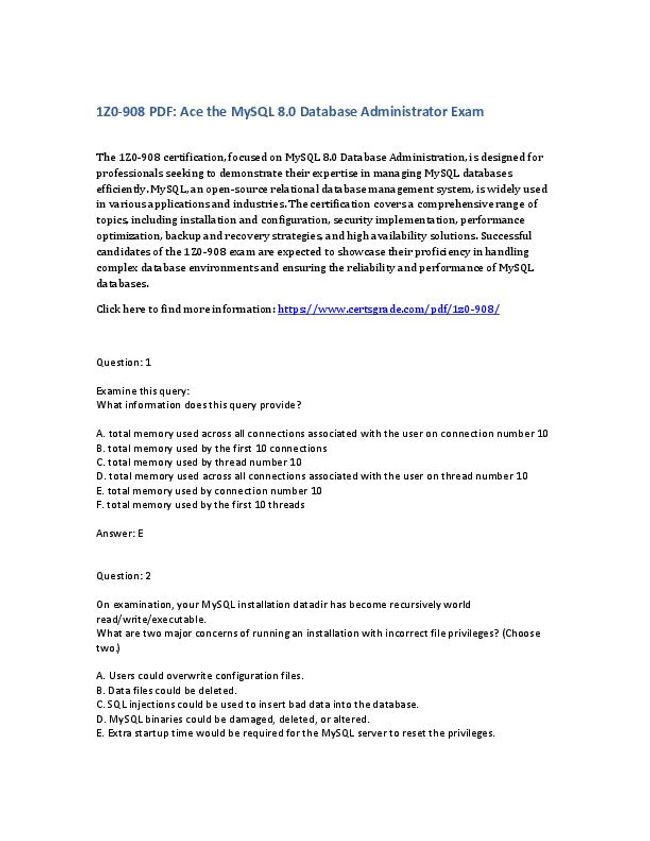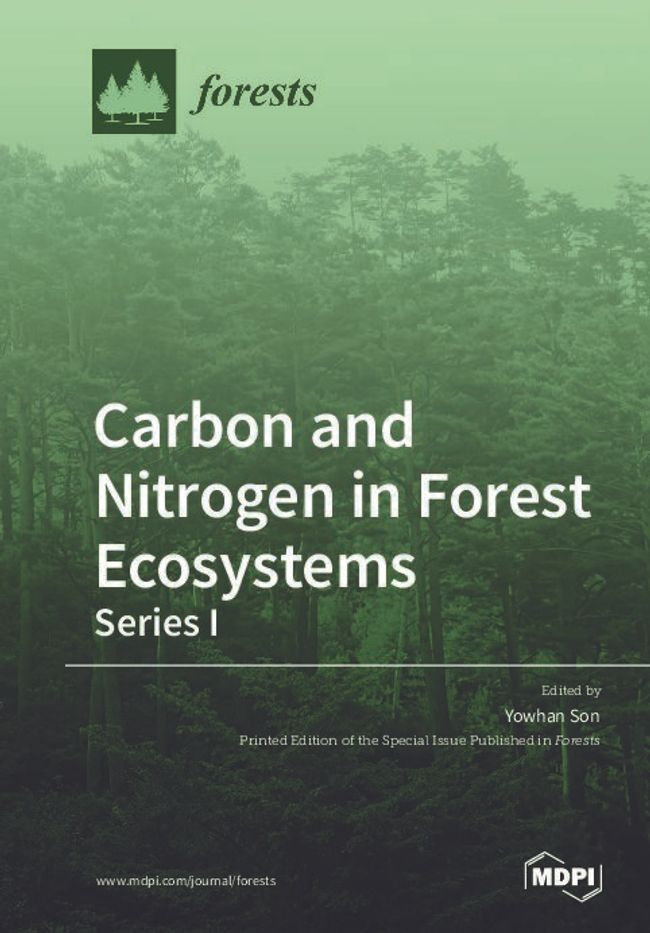Resultados da pesquisa (193,491)
Musical Instruments
CC BY
The study of the acoustic and vibrational characteristics of musical instruments in terms of their mechanical behavior, sound emission, and characteristics started thousands of years ago, and among the physicists and mathematicians that addressed this matter, we should at least recognize Leonardo da Vinci, with his experimental water organ, and Ernst Chladni, who discovered nodal patterns on rigid surfaces such as soundboards. The growing awareness of our intangible cultural heritage and the need to better understand our roots in the field of music have contributed to increasing the efforts to extend our knowledge in this field, defining new physical parameters, extending the analysis to other musical instruments, and developing new methods to synthesize sound from musical instruments using a simple keyboard.

1Z0-908 PDF: Ace the MySQL 8.0 Database Administrator Exam
python-docx
Explore 1Z0-908 exam mastery with comprehensive PDF resources, detailed questions, and expert answers. Ace your certification journey effortlessly

The Benefits of Outdoor Cat Cages for Your Feline Friend
habitathaven
Habitat Haven shares the benefits of outdoor cat cages for your feline friend. For more details, visit: Habitathaven.com.

IBM C1000-018 Exam Questions PDF - Check C1000-018 Free Demo Online.pdf
ITExamShop
C1000-018
IBM C1000-018 exam questions pdf is available with free demo to help you prepare for the IBM QRadar SIEM V7.3.2 Fundamental Analysis certification exam. IBM C1000-018 exam questions in a pdf file cover all the topics that you need to know for the IBM C1000-018 exam. They provide a comprehensive overview of the exam content, making it easier for you to understand what you need to study. By practicing with these C1000-018 exam quetions and answers, you can get a feel for what the actual exam will be like, which can help you feel more confident and prepared.

Carbon and Nitrogen in Forest Ecosystems—Series I
CC BY
Understanding the differences in carbon and nitrogen distribution and cycling both spatially and temporally using various approaches is essential in forest ecosystems. In addition, the influence of biotic and abiotic factors as well as natural and artificial disturbances on carbon and nitrogen cycling need to first be understood before drawing their implications to forest management practices. This Special Issue aims to understand carbon and nitrogen distribution and cycling in forest ecosystems for ecosystem-based forest management under different natural and artificial disturbances.

